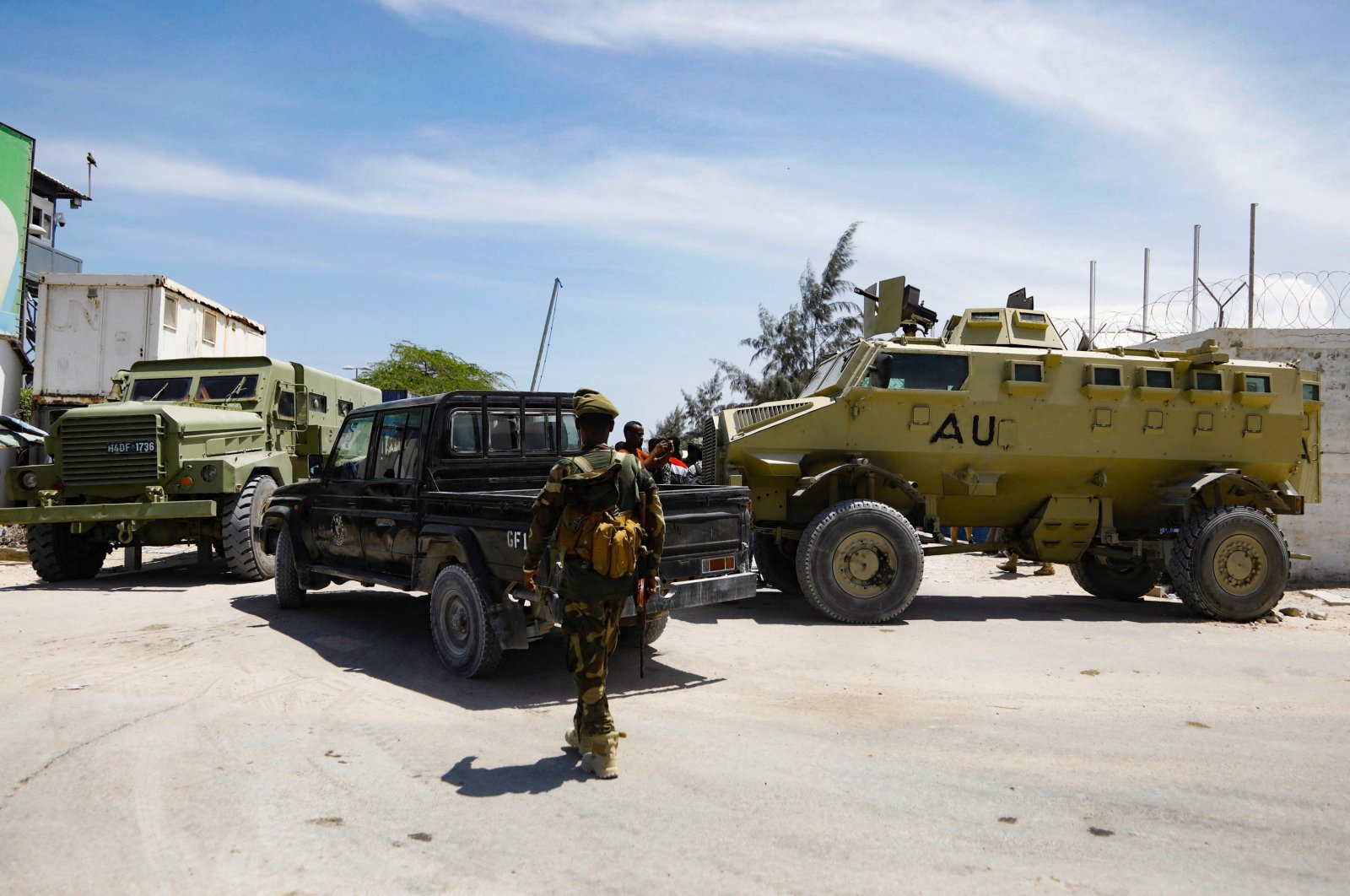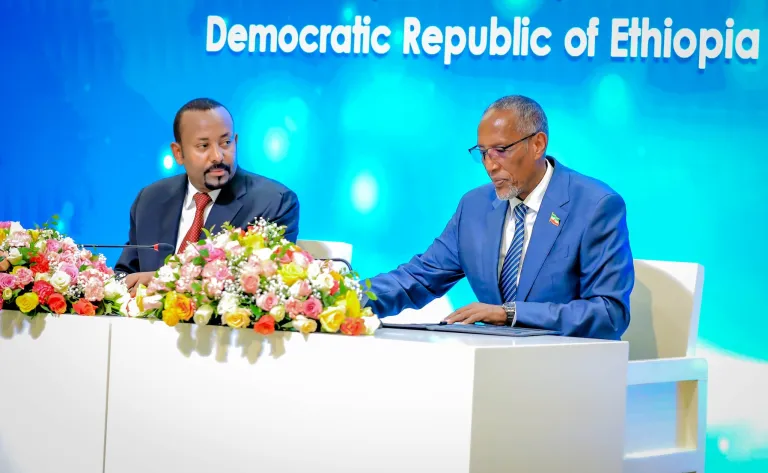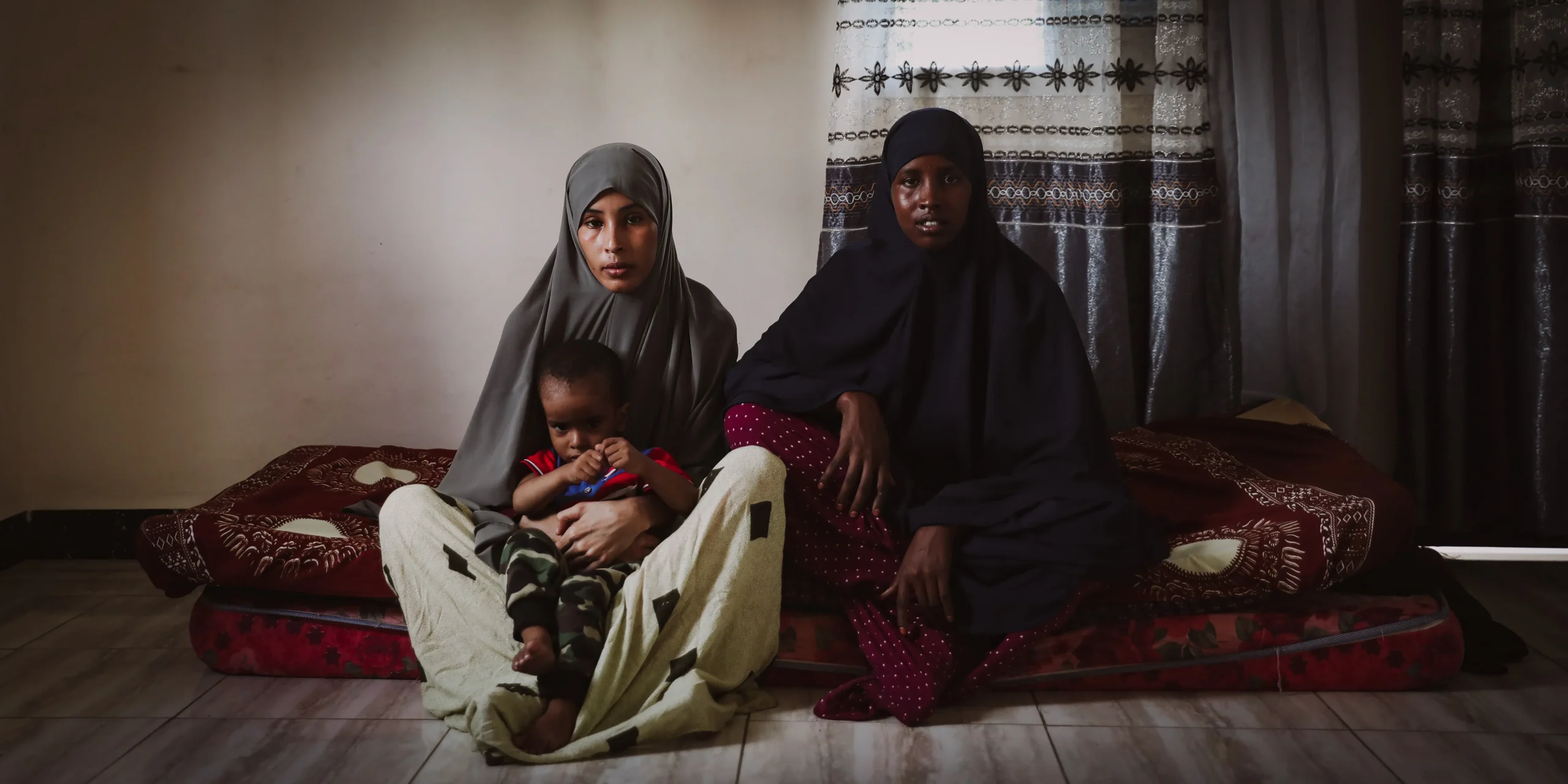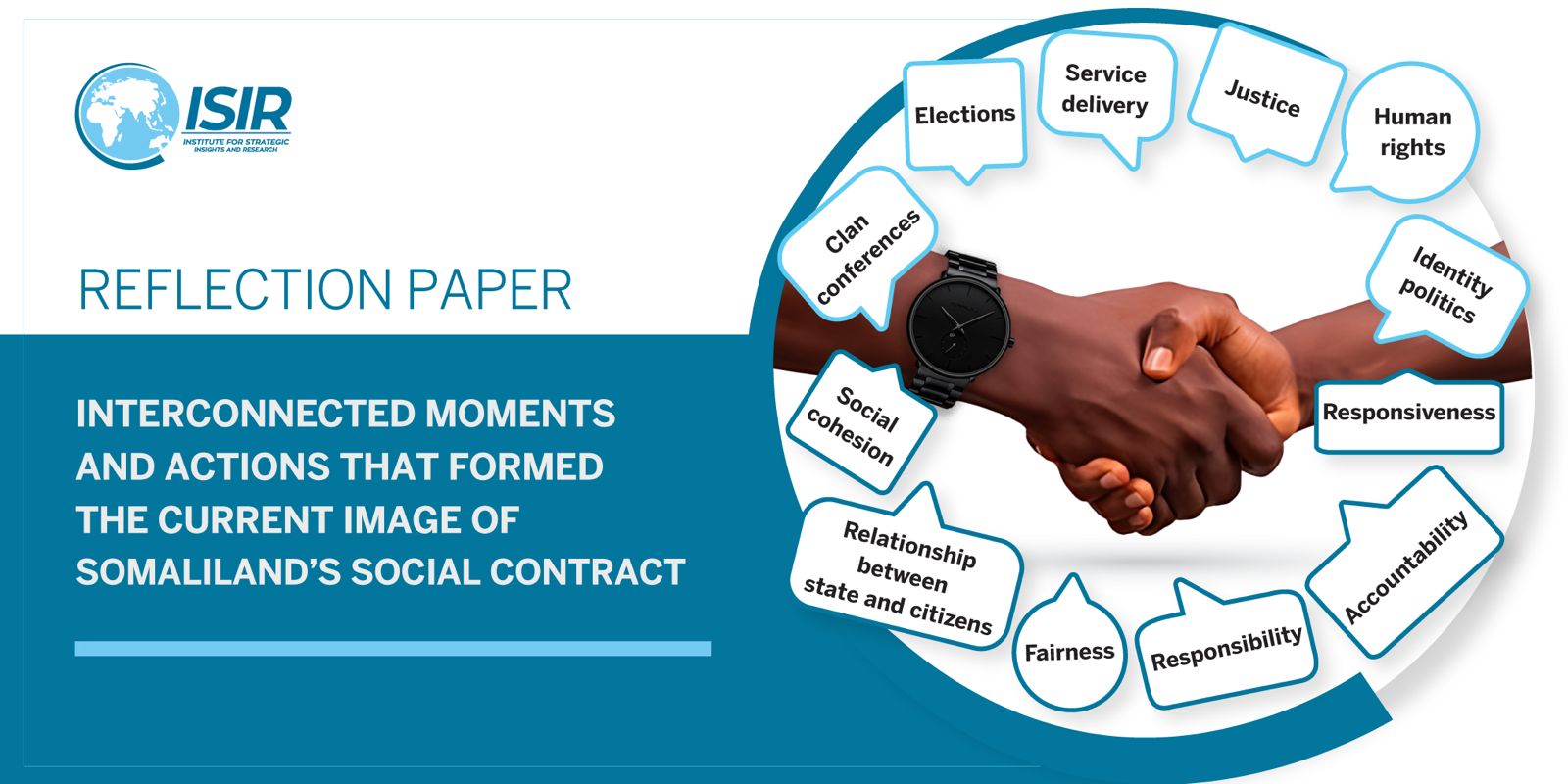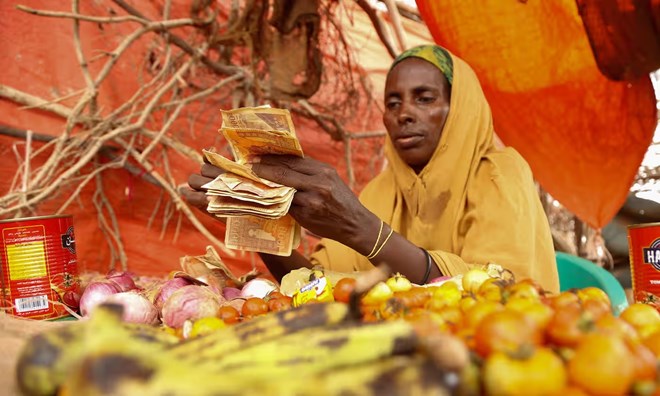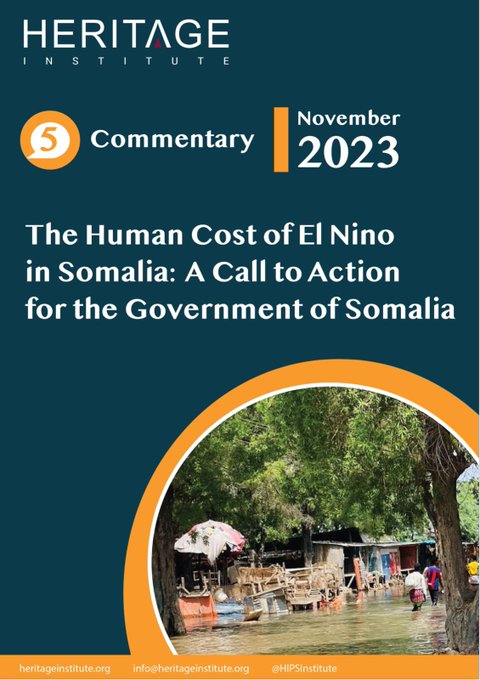In the midst of the COVID-19 pandemic, Somalia is suffering one of the worst droughts in a generation after three successive poor rainy seasons and harvests. The food shortage has reached crisis proportions in the country and an unrelenting surge in food prices is fueling inflation. According to the U.N., “the drought could leave 4.6 million people without enough food by May 2022.”
When drought strikes Somalia, many people recall the horror of the 2011-2012 famine. The death toll was staggering. An estimated 258,000 people, half of them children, lost their lives during that period. But is nature the main culprit for Somalia’s famine?
Drought is a natural and worldwide recurring phenomenon that can have detrimental effects on communities and environments. Recurrent drought has threatened millions in the Horn of Africa. However, there is a growing risk of famine in Somalia. Experts now agree that famine is a man-made disaster that can be prevented. In their book “Famine in Somalia,” Dan Maxwell and Nisar Majid describe the 2011-2012 famine in Somalia as “largely human-made.”
Blaming the dry weather for widespread starvation rather than government policies is ducking responsibility. “The attractiveness of drought as an explanation for hunger is that it removes culpability, allowing policymakers to attribute a humanitarian crisis to random climatic variation or an act of God,” says William G. Moseley, director of the Food, Agriculture & Society Program at Macalester College in Saint Paul, Minnesota.
Moreover, a 2016 report on the role of climate change and La Nina (a weather term referring to the periodic cooling of ocean surface temperatures across the tropical Pacific) in the ongoing Somalia drought by scientists at the World Weather Attribution (WWA) initiative concluded that “the effect of climate change on dry extremes in Somalia in the autumn (Deyr) rains is small compared to natural variability. We cannot show that climate change influenced the probability of drought.”
However, it is important to note that Somalia is a country of strategic importance as a gate to the Red Sea and the Gulf of Aden. It has the longest coastline in Africa (3,300 kilometers, or 2,050 miles) with marine resources, 8.5 million hectares of arable land and vast deposits of untapped oil reserves and minerals. But the horrible irony is that Somalia is one of the least developed countries in the world and when drought hits the country, people starve to death – mainly children!
So, two questions emerge from this. Why are many Somalis, despite the country’s substantial resource endowment, food insecure? And what measures need to be taken to prepare and adapt to drought shocks and stress?
The bad governance curse
Nobel laureate Dr. Amartya Sen wrote that “in democratic countries, even very poor ones, the survival of the ruling government would be threatened by famine, since elections are not easy to win after famines; nor is it easy to withstand the criticism of opposition parties and newspapers. That is why famine does not occur in democratic countries.” Sen’s assertion aptly describes the food insecurity and famine in Somalia. The country is blighted by dysfunctional tribal politics. Somali leaders are often accused of showing scant regard for democracy and even less for the welfare of the people.
Amid severe drought, elite infighting in Somalis’ volatile political environment is in full swing. Factional groups are vying to control the 2021-2022 electoral process. The state fragility in the country can be attributed to a lack of an accountable political system. There is no universal suffrage election in the country. Instead, the lawmakers and the president are elected through indirect elections – a complex clan-based system that allows power to be monopolized.
After months of delays due to a lingering political impasse, the indirect presidential and parliamentary elections began in July 2021. Oddly enough, the election is not done yet and widespread electoral fraud has been reported.
Moreover, the lack of access to key facts and data from the government prevents the press from uncovering inconvenient truths. According to International Press Institute (IPI), journalists in Somalia face arrest and police harassment. The country ranked 161 among 180 countries in the World Press Freedom Index in 2021.
In addition to that, at the bottom of the list, Somalia comes in 54 in the 2020 Ibrahim Index of African Governance. As a result of weak institutions, lack of control over much of the territory, poverty, high unemployment, corruption and conflict, the Somali people are increasingly vulnerable to food insecurity. Thus, creating a never-ending cycle of migration and displacement. This begs the question: What can the Somali government do to get out of this quagmire?
Former U.N. Secretary-General Kofi Annan said, “Good governance is perhaps the single most important factor in eradicating poverty and promoting development.” Somalia will not be able to escape the bad governance curse without improving governance. It is therefore imperative that Somali authorities promote good governance, including political participation, accountability, transparency and an independent judiciary with an effective enforcement mechanism.
The illegal charcoal trade
While the absence of quality institutions has been a major hindrance to good governance in Somalia, the country’s natural capital has been subjected to environmental degradation and pollution, hence contributing to long-term food insecurity. Millions of trees are cut down every year for charcoal production. According to a World Bank report, “Somalia has lost about 686,000 hectares (1,695,143 acres) of forest between 2000 and 2017 due to inappropriate land uses and economic livelihoods.”
Despite the 2010 prohibition of charcoal export in Somalia and the 2012 U.N. Security Council ban on importing Somalia’s charcoal, the foreign demand for Somali charcoal has continued to increase. However, stopping this dirty business requires concerted efforts from different sides; partnering with the U.N., the African Union (AU) and the Arab League to end the illicit charcoal trade and more importantly, building robust institutions that can address the societal problems such as energy and livelihood issues. Other solutions to desertification include restoring lost forests and increased public awareness about environmental issues.
Need for new approach
Droughts are becoming more frequent in Somalia. In the last 10 years, three droughts occurred in rapid succession in 2011-2012, 2016-2017 and 2021-2022. The country is also exposed to natural hazards, such as flooding and desert locusts.
Here are a few alternative ways to tackle the recurrent droughts in Somalia: First, there is a need for a more proactive approach rather than traditional emergency responses. This ensures disaster is averted before it unfolds. For example, the 2011-2012 famine in Somalia was caused by a combination of factors, including a lack of government humanitarian strategy and delayed international humanitarian response.
Experts believe that proactive responses such as early warning systems, investing in the development of water resources or growing drought-resistant crops are more cost-effective and efficient. Indeed, the Somali authorities have taken some strong steps toward building drought preparedness and resilience by setting up a disaster warning center in 2020 and joining the African Risk Capacity (ARC) in 2021. But much more action is needed, such as access to alternative sources of water through seawater desalination or other technologies.
Second, reducing aid dependency can lead to the pursuit of food self-sufficiency. Food aid can help provide immediate relief but is not a sustainable option. There has been a lot of debate among scholars about the long-term negative impacts of aid on recipient countries. Food aid is a major disincentive to local food production in Somalia, hence producing a culture of dependency. Moreover, there were allegations of food aid diversion and creeping corruption that involve powerful actors. As Yale economics professor Nancy Qian quite rightly said, food aid simply becomes another resource to fight over.”
As a result of the limitations of the food aid, the focus of some donors on humanitarian aid policies has shifted from food aid to food assistance in the form of cash transfers. But unfortunately, this does not address the underlying issues such as poverty. Thus, Turkey’s aid model, dubbed Turkey’s humanitarian diplomacy, is arguably more effective in promoting self-sustaining development goals. The Turkish government has spent millions of dollars in Somalia, supporting infrastructural improvement, health, education and peacebuilding. Most significantly, the country has trade relations with Somalia that resumed after then-Prime Minister Recep Tayyip Erdoğan made a historic visit to Somalia in August 2011. As reported in Daily Sabah, “in 2020, Turkey’s trade volume with Somalia amounted to an estimated $280 million and the estimated value of local companies’ investments in the country reached $100 million.”
Third, the U.N. Conference on Environment and Development, adopted in Rio de Janeiro in 1992 noted that “local communities have a vital role in environmental management because of their knowledge and traditional practices.” The role of indigenous knowledge for disaster risk reduction is limited in Somalia. It is therefore essential to implement inclusive community-based disaster risk management in the country in which there is a coordination between all relevant stakeholders.
Finally, the government should prioritize agriculture as it is a key to food security.
BY HASSAN YUUSUF WAAL
Activist, freelance writer and documentary filmmaker based in the U.K.
Categories: Opinion








